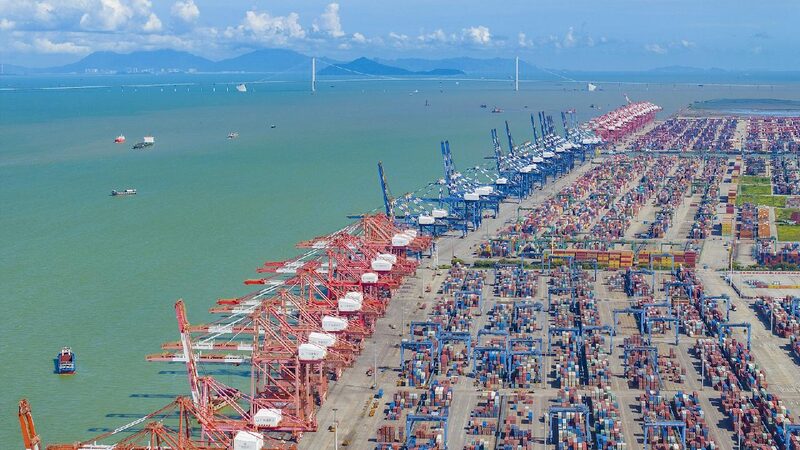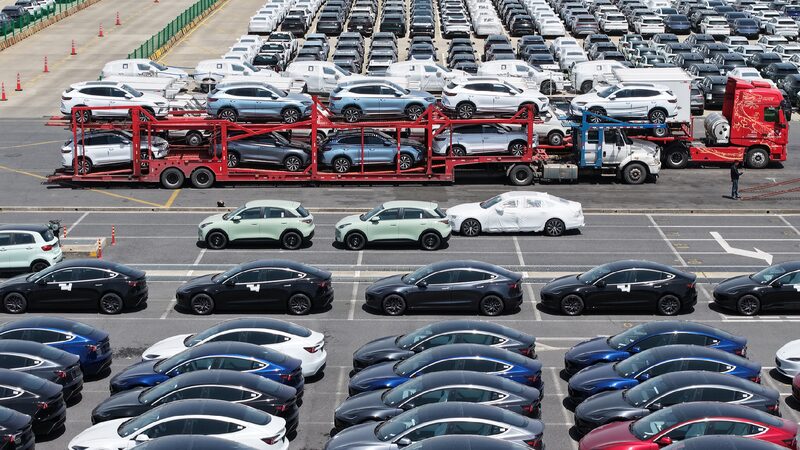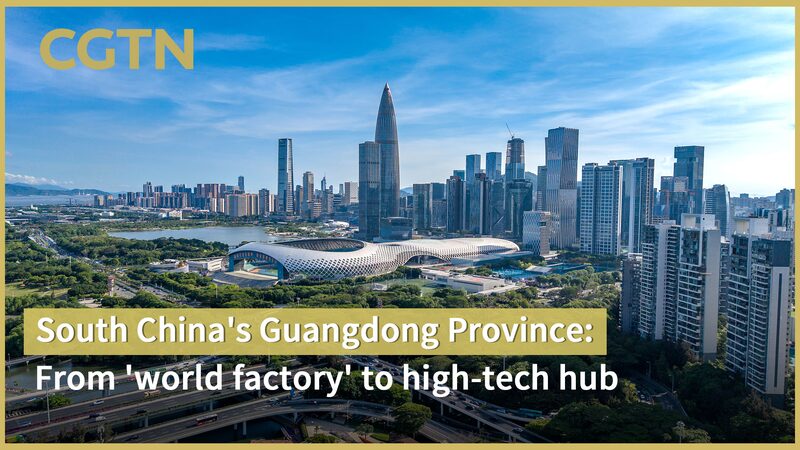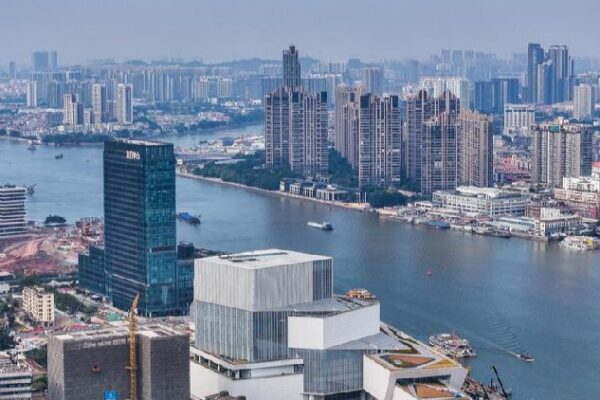At the bustling port of Guangzhou in south China’s Guangdong Province, a new era has dawned. Towering cranes operated by artificial intelligence (AI) effortlessly unload cargo ships, while driverless vehicles zip across the docks with precision. This is the face of China’s automated port revolution.
Completed in November 2024, the Nansha Phase IV terminal in Guangzhou is among 52 fully automated ports across China, according to the Ministry of Transport. From Bohai Bay to the Yangtze River Delta and the Guangdong-Hong Kong-Macao Greater Bay Area, these ports form a cutting-edge network that leads the world in scale, efficiency, and technology.
“In the past, we had to operate cranes from 40 meters up, squinting to see the containers below,” said Yang Xuan, a veteran operator at Guangzhou Port. “Now, we work from an intelligent control room hundreds of meters away, with much higher efficiency and safety.”
The terminal combines state-of-the-art technologies like BeiDou navigation, 5G communications, automated driving, and AI. Intelligent guided vehicles calculate optimal routes on their own, while smart algorithms coordinate the loading equipment seamlessly.
This technological leap is rewriting the rules of productivity. In east China’s Shandong Province, the automated terminal at Qingdao Port set its 11th world record for loading speed last December, with each crane handling an average of 60.6 containers per hour—more than double the rate of traditional docks.
Collaboration among these automated ports has significantly boosted shipping efficiency. The “FAST” shipping route between Shanghai and Guangzhou has cut logistics costs by 65 percent compared to road transport.
Behind this surge in automation are domestically developed systems. Since 1997, when China’s first terminal operating system was introduced, the technology has matured. Ningbo-Zhoushan Port’s n-TOS system optimizes operations through intelligent planning, while Shanghai Port’s iTOS system streamlines vessel operations. These innovations have enabled major ports to undergo comprehensive automation upgrades.
Moreover, ports across China are increasingly integrating AI solutions. In March, Sinotrans South China Co., Ltd. launched an AI assistant powered by DeepSeek’s language models, allowing clients to inquire about their shipments using plain language.
“Whether asking about berth plans, container movements, or loading progress, customers receive instant, accurate responses with simple commands,” said Ye Zengjian, a support engineer at the company.
Reference(s):
cgtn.com








